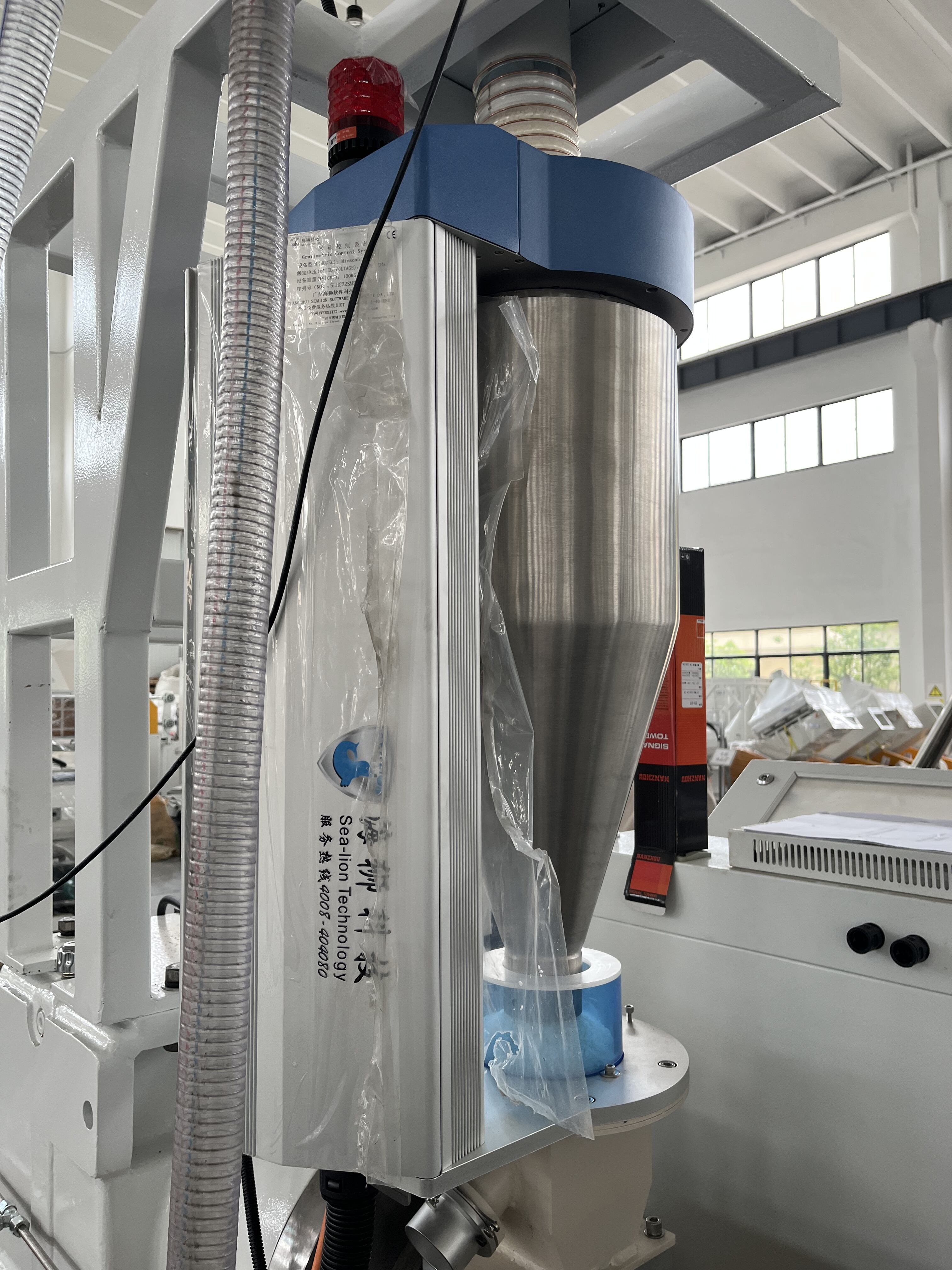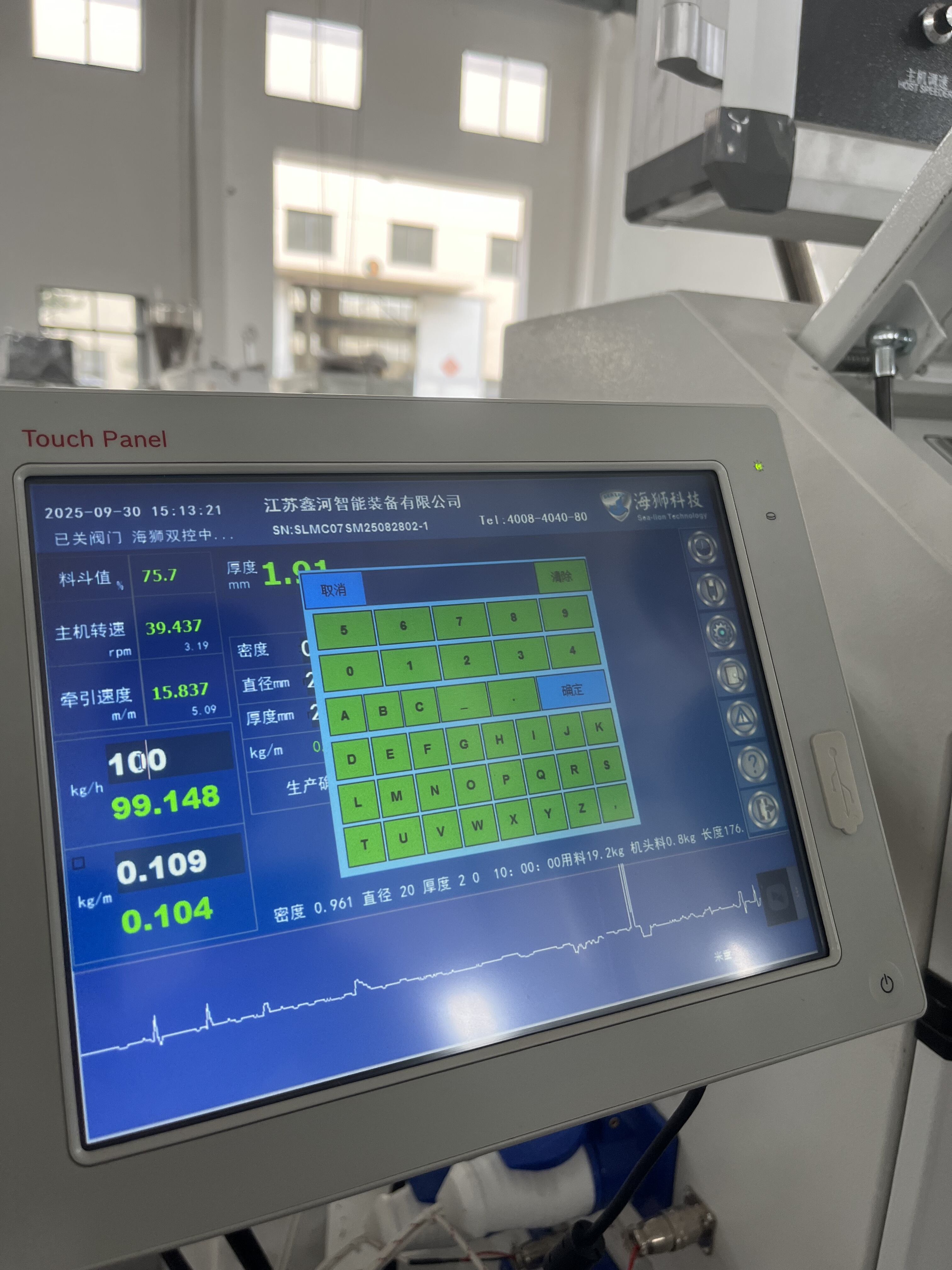Key Elements for HDPE Pipe Production Quality Control
27
Oct
2025
2025
Key factors in HDPE pipe production quality control involve the coordinated control of raw materials, process parameters, and equipment. The following are the key points:
1. Raw Material Selection and Pretreatment
- Resin Quality: High-purity HDPE resin should be selected, and modifiers such as antioxidants and UV stabilizers should be added to improve weather resistance.
- Drying: The raw material should be dried at 80–100°C for 2–3 hours, with the moisture content reduced to below 0.01% to prevent bubbles during extrusion.
2. Temperature Control
- Extrusion Temperature: Maintain a machine body temperature of 100–120°C, a die head temperature of 120–140°C, and a slightly lower die temperature to ensure stable melt viscosity.
- Cooling Temperature: Water or air cooling should be maintained at approximately 15°C to prevent internal stress from causing pipe deformation.
3. Process Parameter Optimization
- Screw Speed: Balance output and plasticization efficiency. Excessively high screw speeds will result in rough inner walls, while excessively low screw speeds will affect production efficiency.
- Pull-off Speed: Typically 1% to 10% faster than the extrusion speed to ensure uniform pipe shaping.

4. Online Monitoring and Equipment Accuracy
- Wall Thickness Control: Utilizes a gravity metering system (0.2% accuracy) and ultrasonic online detection for real-time adjustment of deviations.
- Pressure Management: Die head pressure must be maintained at a stable 0.02–0.05 MPa. Excessively high pressure will reduce output, while excessively low pressure will affect plasticizing quality.

5. Post-Processing and Inspection
- Cutting and Straightening: Ensure pipe straightness to avoid stress concentration during transportation and installation.
- Quality Testing

 EN
EN
 AR
AR
 BG
BG
 HR
HR
 NL
NL
 FR
FR
 DE
DE
 EL
EL
 HI
HI
 IT
IT
 KO
KO
 PL
PL
 PT
PT
 RO
RO
 RU
RU
 ES
ES
 TL
TL
 IW
IW
 ID
ID
 LV
LV
 LT
LT
 SR
SR
 SL
SL
 UK
UK
 VI
VI
 HU
HU
 MT
MT
 TH
TH
 TR
TR
 AF
AF
 MK
MK
 HY
HY
 AZ
AZ
 UR
UR
 BN
BN
 LA
LA
 NE
NE
 MY
MY
 KK
KK
 UZ
UZ

